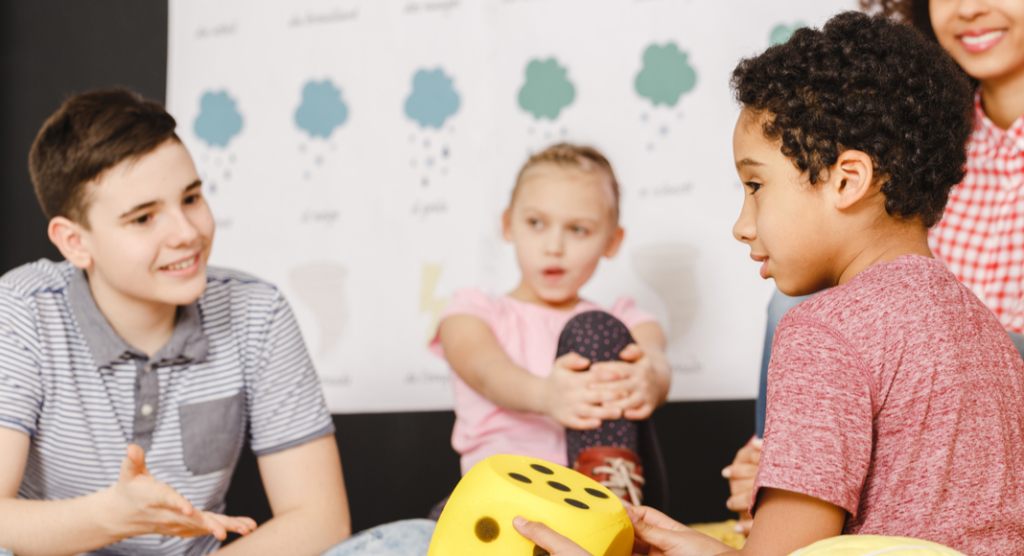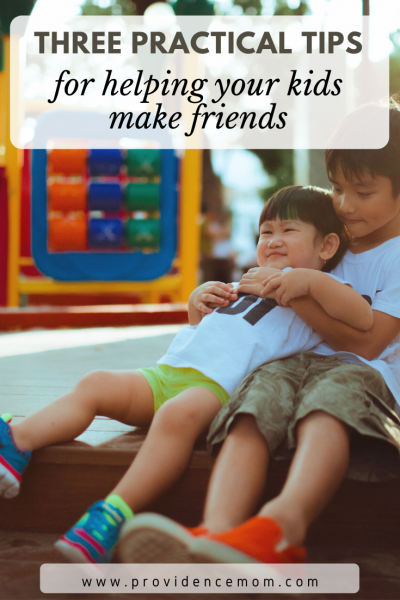This post on promoting soft skills, written by Dr. Courtney Bolton, is brought to you thanks to our partnership with Weldon – a service we are thrilled be able to promote to our readers. Please follow them on Facebook and Instagram for more parenting insights


By Dr. Courtney Bolton
Of course, education is critical, and having foundational knowledge of history, math, language, and science is important to each child’s development. However, many researchers who look at long term outcomes are making the case that parents focus on building ‘soft skills.’ Facts, after all, are now at children’s fingertips or even answered immediately through smart speakers. What these tech-enabled devices can’t teach your children are interpersonal skills, including communication, collaboration, conflict resolution, self-regulation, critical thinking, and perspective-taking. These are key soft skills identified as predicting greater success in both the personal and professional lives of people studied.
While your child’s school focuses on hard skills or academic facts and fluency, parents have the opportunity to work with their children to develop friendship skills that everyone can use. Teodora Pavkovic, a child development Pro at Weldon, talks extensively on Emotional Intelligence as a parenting side-kick. One of her favorite strategies for parents is helping them teach their children to identify emotions to help with self-regulation or as she says, “Name it to Tame It.” When our children learn to identify their emotions and verbalize how they are feeling, they are able to process their experience more deeply and regulate those feelings and subsequent behaviors. There are plenty of times that, as an adult, I was short or snappy with my spouse or children and realized that I wasn’t really responding to them, I was HANGRY. Being tired and hungry made me more sensitive, and I responded accordingly. As soon as I was able to recognize and name the feelings (thank you to the person who coined that term!), I was able to better understand my behavior and adjust it. It’s the same for our kids! Another critical skill is communication because it is the bedrock of collaboration, perspective-taking, and learning/team problem-solving.
And, yes – we should model these experiences for our children when teaching them about communication and collaboration skills. Here are a few steps you can take to teach your children the basics of joining a conversation to illustrate how we use these tools:
-
Give them Do’s and Don’ts
We often share our expectations with our children in the form of “Don’ts” – Don’t hit your brother, Don’t snatch, Don’t jump on the couch. We forget to offer “Do’s,” and that omission can lead to paralysis for our kids or, worse, learned helplessness and feelings of not getting anything right. When thinking about teaching our children valuable communication skills, we need to give them specific steps they can use. How do we teach children to join in or carry on conversations? Offer them three ways they can participate in or keep a conversation going – they can ask a question, offer a compliment, or make a comment. Remember to coach them listen to the answer so they can ask a follow-up question or share information about themselves.
-
Model the Behavior You Want to Teach
Once parents determine what skills their children may need support with, modeling the behavior can be very powerful for our children. Seeing us act out those behaviors and providing a positive model is an excellent way for them to understand how “do’s” and “dont’s” should look in action. In thinking about our example of communication, our children may watch us join a conversation by offering a compliment or making a comment. Then, we can also guide them in identifying other ways we communicated through body language by pointing out what we did. For example, “Did you notice where my body was turned? I turned towards the person so they would know I was interested in hearing more about what they said;” or “…what did I look like while I was talking to Mrs. Smith? That’s right; I was nodding and looking at her eyes so that she would know I heard what she had to say.”
-
Have Fun with Role Play
One of the more daunting parts of communication is joining a conversation when we don’t know friends or co-workers very well. The most common advice parents give children is, “Go up and say ‘Hi’” or “Go introduce yourself,” but I want to challenge you to stop and think about what that might actually look like. It would potentially interrupt the conversation and put the entire spotlight on your child. Talk about pressure! Instead, we need to teach our children to hang back, move a little closer so that they can make sure they know the topic of conversation, wait for a pause, then make an on-topic comment or ask a question relevant to the discussion. While this seems like a lot of steps to keep in mind, practicing is critical, and role-plays can be fun and easy for younger and older children.
These tools can help parents have a guide to teach their children most of the soft skills outlined for success. Learning these skills also allows children to tune in to others and think about their interests. By teaching children to pay attention to one another rather than blurting out or rushing into a conversation, we are laying a solid foundation for them to learn more about one another, become curious about common interests, and begin a path that can lead to friendship or other collaboration. Being able to join a conversation and develop great listening and conversation skills is key to engaging with people in both school, and later, work.
Stay tuned for more about Soft Skills in the next installment from Weldon.
Who is Weldon for?
Parents of children 1-12 years old that are looking to receive guidance and advice on everyday parenting questions, promote their child’s healthy development and expand their parenting skills.
Who are the Weldon Pros?
Weldon Pros are child development professionals – school psychologists, behaviorists, counselors, and educators. They are licensed in their field and hold either a Masters or Doctorate degree. Additionally, they have 10+ years of experience working with children and families.
What do you talk about with your Weldon Pro?
Sessions are personalized for each parent but some examples include:
- Grit, Resiliency, and Perseverance
- Screen Time
- Promoting Life Balance
- Social and Emotional Well-Being (mindfulness, stress, anxiety, mood)
- Discipline / Behaviors / Communication
- Sleeping and Eating
- Social Skills / Bullying
- Grief and Loss
Click Here to learn more about Weldon[/vc_column_text]














